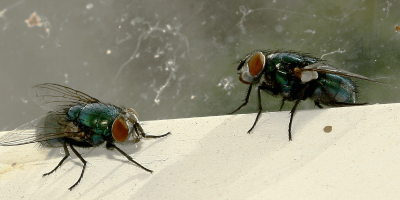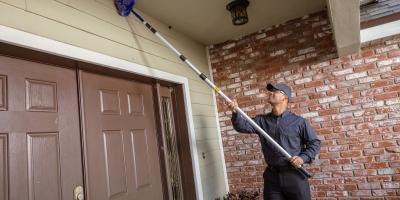What Is Integrated Pest Management And How Can It Keep Pests Out Of Commercial Settings?

Integrated pest management (IPM) is an approach to pest management that focuses on common-sense preventive measures to mitigate the risk of a pest infestation. In agriculture, it aims to keep pest populations below the economic injury level (EIL), or the point at which pest populations cut into the profitability of a crop yield. While integrated pest management is most commonly used in the world of agriculture, the principals behind it can also be applied in other commercial settings, including hospitals, nursing homes, restaurants, and hotels.
An integrated plan reduces the possibility of needing a major intervention to deal with a pest infestation. Imagine, if you have to close your hotel for a week to fumigate after a bedbug outbreak, not only is the treatment going to be expensive, but you are also going to lose a week’s worth of business — not to mention the damage the whole ordeal could do to your establishment’s reputation. So, what are the specifics of this approach to pest management? Integrated pest management is made up of four critical components:
- Action Thresholds: This threshold refers to the point at which pest populations or environmental conditions warrant action to prevent the issue from escalating. An occasional ant sighting in your facility’s kitchen may not necessarily be indicative of a huge problem. Caulking cracks in walls, replacing door sweeps, or applying treatments might be an over-the-top solution for such a small amount of pests. Hundreds of ants, on the other hand, are an entirely different story that requires greater action to be taken. Forming an integrated approach to pest management helps you more precisely determine how to appropriately respond to this presence of pests.
- Monitoring: The goal of an integrated pest management program is to accurately identify pests and monitor their populations. Action should only be taken if the pest is a viable threat and if population numbers are reaching levels that might suggest a potential outbreak. Comprehensive monitoring plans reduce the unnecessary use of pesticides or other toxic chemicals.
- Prevention: Prevention is the core of all integrated pest management plans. Working to establish basic preventive measures, including proper sanitation procedures, proper food storage methods, and staff training are all critical components to any successful pest management plan.
- Control: When action thresholds have been surpassed and pests are present at a rate beyond conventional control, contacting a professional pest control company to help mitigate the issue becomes a necessity.
Integrated pest management plans are especially advantageous in commercial settings, reducing the amount pesticides needed. This is particularly beneficial in settings like hospitals and nursing homes, where the use of such products is not ideal and may not even be feasible.
JP Pest Services is dedicated to solving commercial pest problems. Our service professionals understand the specific regulations and requirements of the numerous different types of commercial industries we provide service for. We offer free staff training for anyone looking to give their employees the resources and knowledge needed to help not only lessen the effects of pest issues, but also to prevent them all together. Request your free consultation today for a thorough examination of your business location and a pest control program tailored to your specific needs.



